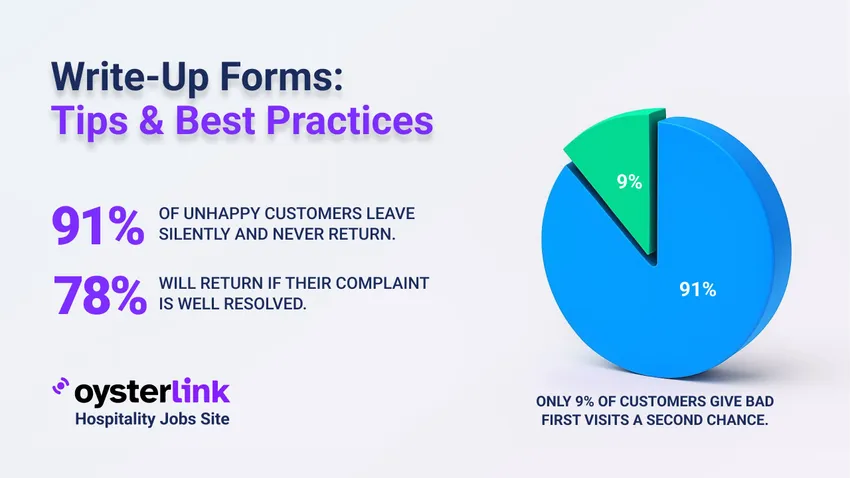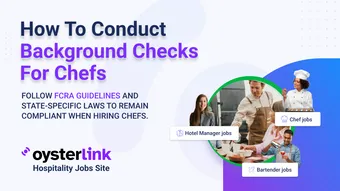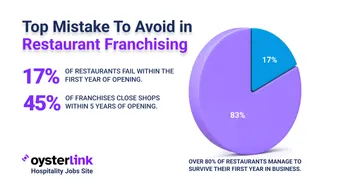Restaurant write-up forms do more than just protect your restaurant legally. They promote accountability, create clear performance records and ensure open communication.
In this article, we’ll dive into how these forms help maintain professional standards and improve employee performance.
Understanding Restaurant Employee Write-Up Forms
A write-up form is a formal document used to record policy violations or performance issues.
This document typically includes the employee's information, details of the incident, previous warnings and specific action plans for improvement.
Write-up forms matter for several practical reasons.
- They protect your restaurant against potential lawsuits.
- They reduce terminations by clearly communicating expectations.
- When used correctly, write-up forms create consistency.
How write-ups fit into progressive discipline
A progressive discipline process typically follows four stages:
- Verbal warning
- Formal written warning (the write-up)
- Suspension
- Termination
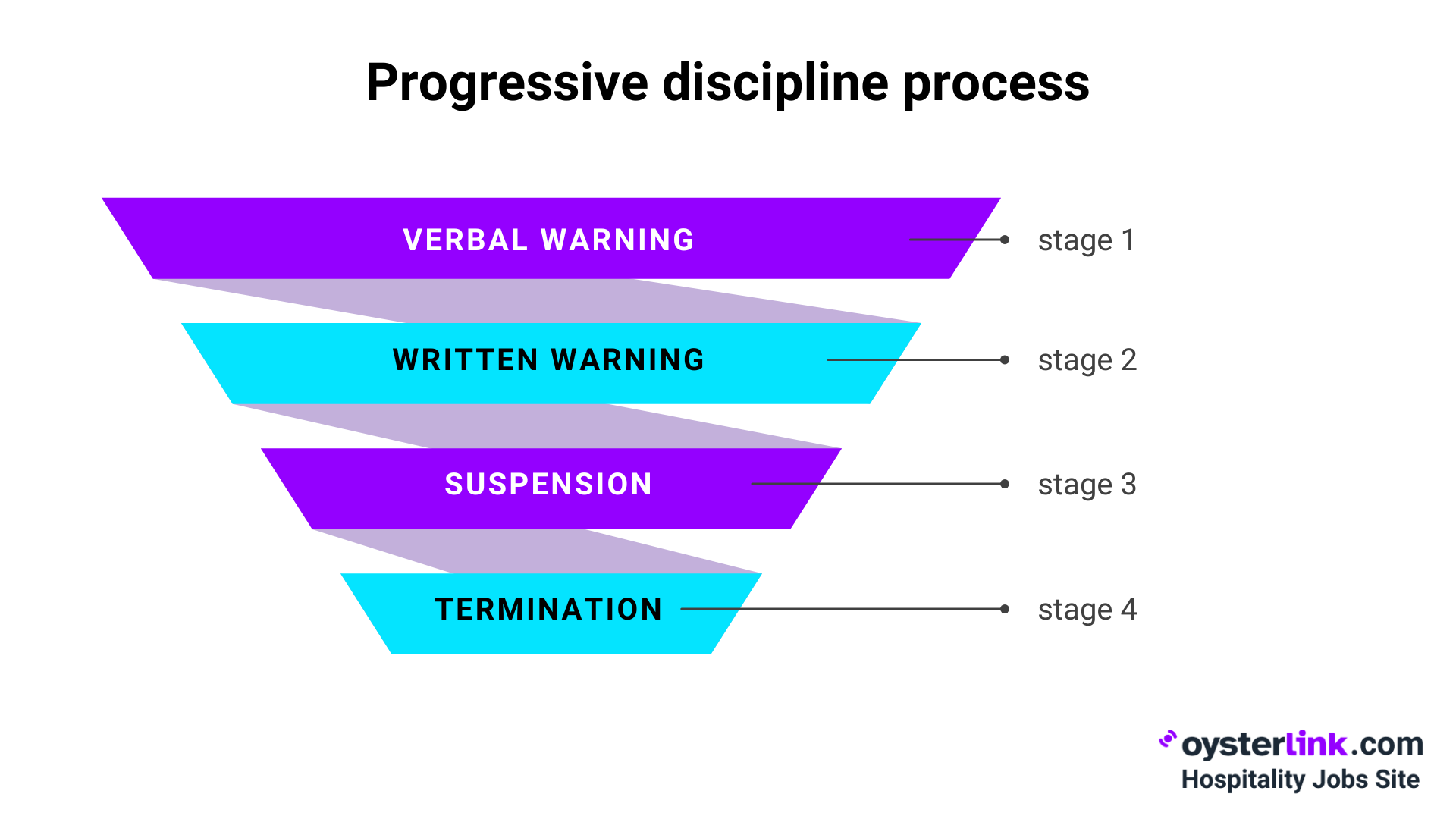
The write-up is the turning point - it confirms that prior discussions happened, outlines the current issue in detail, and sets measurable expectations for improvement.
They also serve as a legal safeguard, proving that your restaurant took reasonable steps before escalating discipline.
Common Situations Requiring Write-Up Forms in Restaurants
Every restaurant faces situations that require formal documentation.
Creating standardized employee write-up forms for these common scenarios ensures consistent handling of issues that could otherwise damage your business operations.
Attendance and tardiness issues
Punctuality and reliable attendance form the backbone of restaurant operations.
According to industry data, businesses in the service industry experience some of the highest rates of absenteeism.
Consequently, attendance violations rank among the most common reasons for employee write-ups.
Your restaurant write-up form should specifically address no-call/no-shows, which many establishments consider grounds for immediate termination.
Food safety violations
Food safety incidents require immediate documentation to protect both your customers and your business.
Indeed, if a foodborne illness outbreak is traced back to your restaurant, you could face legal action, revenue loss and significant reputation damage.
Your write-up forms should record specific violations related to temperature control - maintaining hot food above 140°F and cold food below 40°F.
Prompt documentation helps demonstrate your commitment to food safety compliance during health department inspections.
Customer service complaints
Customer complaints left unaddressed can severely impact your business, particularly since 91% of dissatisfied visitors leave without speaking and never return.
Meanwhile, 78% of customers will return if their complaint is properly handled.
Write-up forms should document specific service failures including incorrect orders, unfriendly behavior or inappropriate responses to guest concerns.
Staff conflicts and inappropriate behavior
Your write-up forms should document visible customer conflicts, unprofessional conduct, or lack of teamwork.
For FOH/BOH issues, document specifics like “Servers blaming kitchen for delays” or “Chefs not communicating ticket changes.”
Customizing Write-Up Forms for Different Restaurant Roles
Effective restaurant management requires different documentation standards for various positions in your establishment.
Customized forms address unique responsibilities while maintaining consistency in your disciplinary approach.
Front-of-house staff documentation
Front-of-house (FOH) write-up forms should primarily focus on customer service metrics and guest interactions.
For Servers, Hosts and Bartenders, document specific behaviors that directly affect the guest experience.
For customer service issues, your form should track both verbal guest complaints and online review mentions that reference specific employees.
Kitchen staff write-up considerations
Back-of-house (BOH) documentation must emphasize food safety compliance and production standards.
Unlike FOH forms, Chef and Line Cook write-ups should track violations related to:
- Temperature control
- Cross-contamination prevention
- Adherence to recipes.
Studies show that 97% of guests won’t return if a restaurant’s sanitary conditions fall short, and 85% will tell others about a poor hygiene.
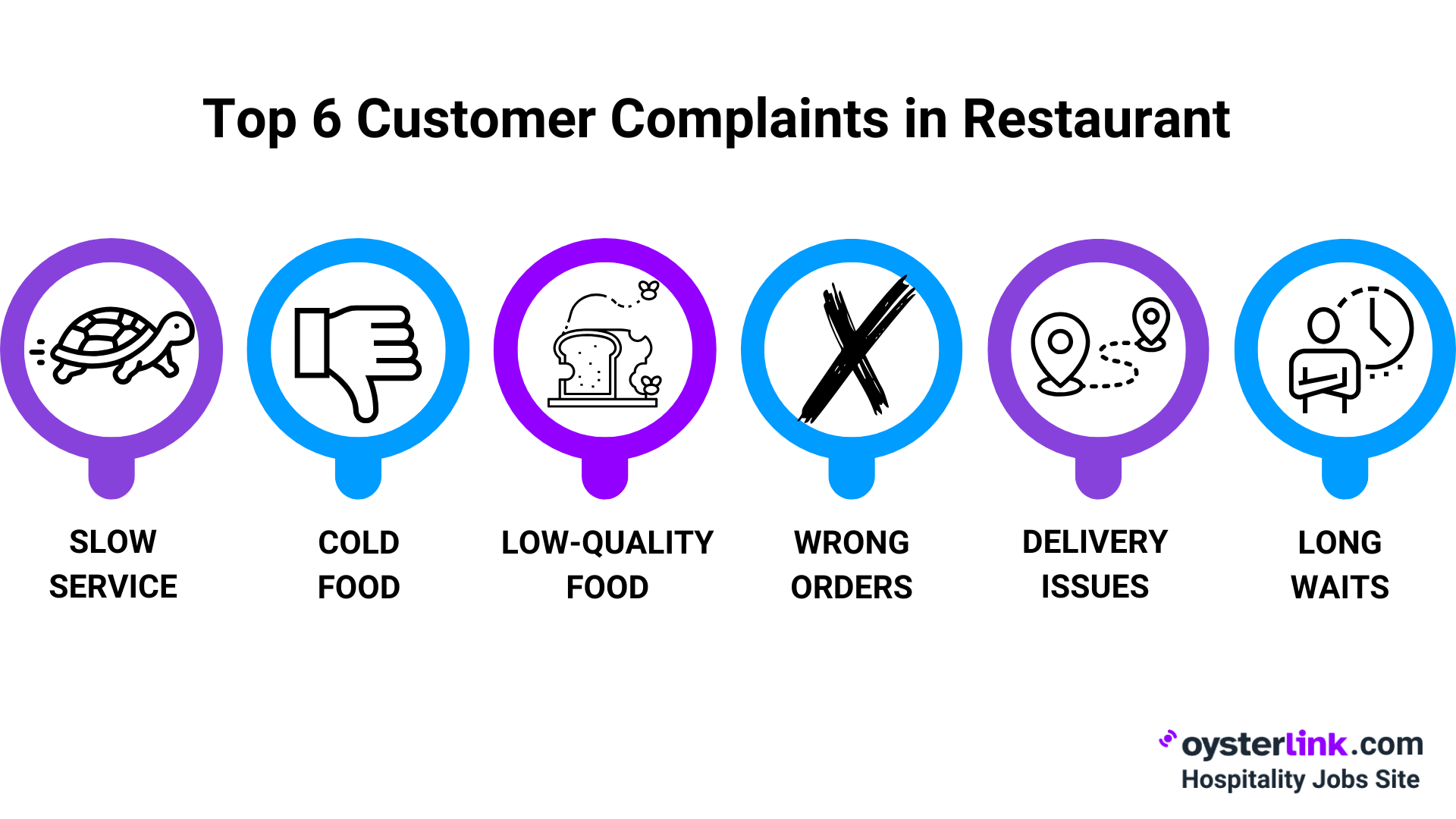
Management-level accountability
For management staff, write-up forms should capture:
- Failure to supervise team members
- Inability to uphold operational standards
- Performance in staff development, policy enforcement, and efficiency.
How to Create a Restaurant Write-Up Form That Drives Real Improvement
A well-designed restaurant write-up form goes beyond documenting rule violations — it helps managers set clear expectations and guide behavior change.
By structuring your form with space for incident details, corrective actions, and follow-up notes, you transform it into a coaching tool that supports growth rather than just discipline.
Turning Restaurant Staff Documentation into Improvement Opportunities
Write-up forms represent more than disciplinary tools - they serve as valuable starting points for employee growth and development.
Properly utilized, these documents help transform workplace challenges into tangible improvement opportunities throughout your restaurant.
Setting clear performance expectations
Strong documentation is the backbone of improvement. Make your restaurant’s standards clear, specific, and easy for everyone to find.
When your team knows exactly what’s expected, they can deliver their best.
Training and coaching strategies
To support growth, integrate a mix of training methods into your improvement plans, including:
- On-the-job training with real-time guidance from experienced staff
- Self-guided materials for flexible, independent learning
- Online modules for consistency and convenience
- Instructor-led sessions for hands-on, interactive support
To enhance coaching impact, it’s helpful to understand how people retain information.
Monitoring progress and providing feedback
- Establish a coaching plan
- Keep documentation consistent
- Highlight strengths and growth areas
- Use analytics tools to track progress
Conclusion: Restaurant Write-Up Forms
Restaurant write-up forms do more than document issues - they build accountability, communication, and growth.
By using them consistently, you create a team that thrives on high standards and delivers exceptional service, one step at a time.
